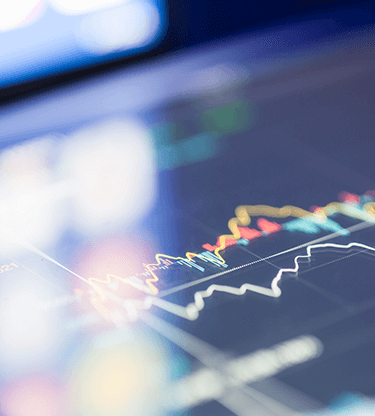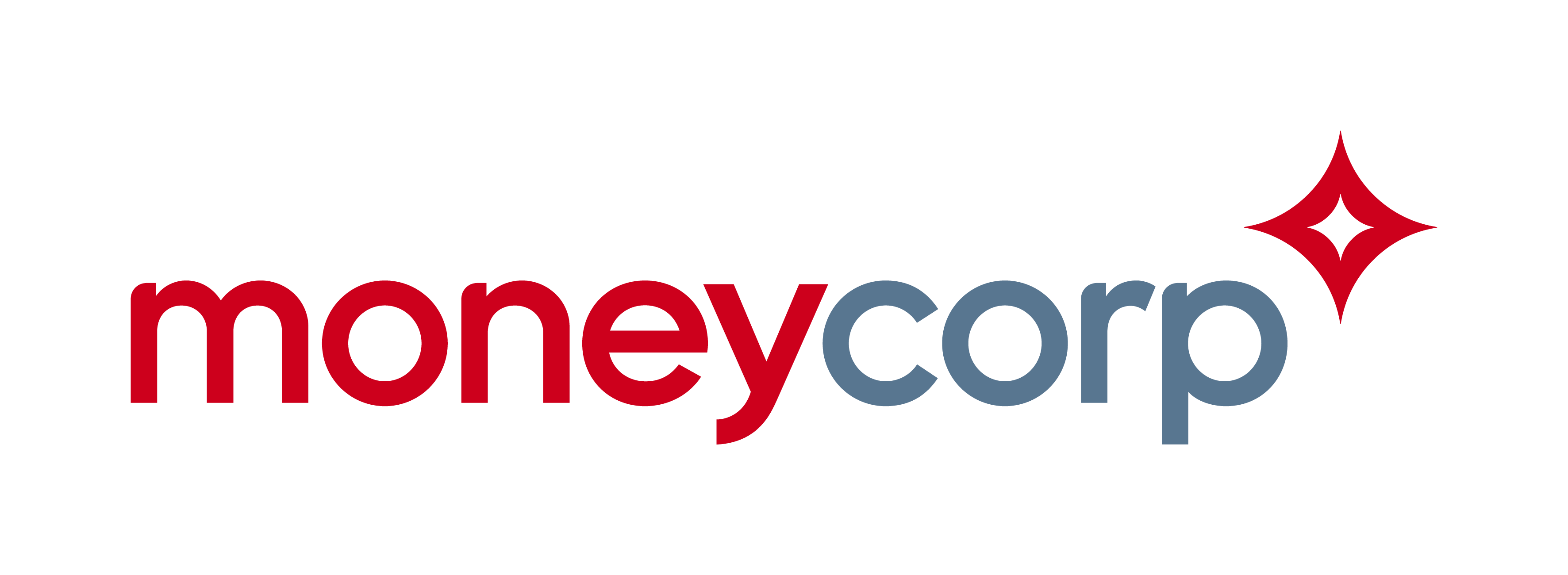Weekly Brief

Share Story
All about interest rates
8 minute readGBP
There were two big stories for sterling to weather this week. Neither came as a surprise and both had been fairly well priced into the pound by last weekend. The first was the long-running “Partygate” battle about social events in Downing Street during Covid lockdowns, and the prime minister’s prospect of remaining in office. To a large extent, investors remained agnostic on the matter, believing that, stay or go, the presence of Johnson is not essential to the general direction of UK economic policy.
The second, and bigger deal, was the anticipation and realisation of the Bank of England delivering its second interest rate increase in as many months. As expected, the Old Lady doubled the Bank Rate to 0.5%. There was a twist, though: in the 5-4 vote in favour of a 25-basis-point increase, the other four members of the Monetary Policy Committee would have preferred a half-point rise. Although Governor Andrew Bailey expects further increases to be necessary, he cautioned markets against getting carried away with expectations of rapidly rising rates. The GBP did move higher after the BoE announcement, but most of the work had already been done in previous days. On average, sterling is unchanged on the week. It is 1.4% higher against the USD and down by 1.3% against the EUR.
EUR
Where sterling had two major stories to contend with, the euro had just one, and even that seemed unlikely to have much impact ahead of the event. Three quarters of an hour after the Bank of England revealed its rate increase, the European Central Bank was confidently expected to keep its key benchmark unchanged at 0% for a 71st month. Sure enough, the bank’s anodyne statement noted drily that “the interest rate on the main refinancing operations and the interest rates on the marginal lending facility and the deposit facility will remain unchanged at 0.00%, 0.25% and -0.50% respectively”.
However, at her subsequent press conference, President Christine Lagarde put the cat among the pigeons with an unexpected U-turn. Where for the last year or more Ms Lagarde and her team have insisted that high inflation is transient, and not in need of central bank action, at this week’s meeting there was concern “across the board” in the Governing Council about another record high for inflation in the Eurozone. The ECB will still not “rush into decision” without “proper and thorough assessment”, but a rate increase this year can no longer be ruled out. The EUR’s reaction to Ms Lagarde’s comments was electric; it jumped a cent higher against the USD in half an hour. On the week, the euro is an average of 1.2% higher because the interest rate outlook has changed dramatically.
USD
Although less dramatic than in Frankfurt, the interest rate narrative has been adjusted in Washington too. Back at the beginning of December, the Federal Reserve decided to abandon the description of high inflation as “transitory”. Since then, investors have been fully focused on the timing and speed of monetary tightening by the Fed, especially after inflation reached a 40-year high of 7%. In December and January, Federal Reserve leaders were almost falling over themselves to predict the most increases to the Federal Funds rate in 2022.
At the beginning of February, there appeared to be a change of message, if not of sentiment. While Fed chiefs are still publicly unanimous about the need to fight the now non-transitory inflation danger, they are less inclined to rattle investors’ cages, perhaps in recognition that their poking has been a little too ardent. Four of them this week were deliberately non-committal about what might follow the assumed increase in March. The change in tone worked against the USD, which is an average of 1.5% lower on the week. It has lost three cents to the EUR and nearly two to the GBP. Although less dramatic than in Frankfurt, the interest rate narrative has been adjusted in Washington too. Back at the beginning of December, the Federal Reserve decided to abandon the description of high inflation as “transitory”. Since then, investors have been fully focused on the timing and speed of monetary tightening by the Fed, especially after inflation reached a 40-year high of 7%. In December and January, Federal Reserve leaders were almost falling over themselves to predict the most increases to the Federal Funds rate in 2022. At the beginning of February, there appeared to be a change of message, if not of sentiment. While Fed chiefs are still publicly unanimous about the need to fight the now non-transitory inflation danger, they are less inclined to rattle investors’ cages, perhaps in recognition that their poking has been a little too ardent. Four of them this week were deliberately non-committal about what might follow the assumed increase in March. The change in tone worked against the USD, which is an average of 1.5% lower on the week. It has lost three cents to the EUR and nearly two to the GBP.
CAD
It was the Loonie’s misfortune this week to be lumped in with the US dollar. Sometimes the association with the USD is positive for the CAD; on this occasion, it was not. It lost an average of 1.2%, giving up the best part of two cents to sterling. The performance of the CAD over the last month is less dire, if only because of investors’ earlier enthusiasm for the Greenback. It is only marginally lower on average than it was in early January.
Other than the USD’s gravity well, there was not much to help or hinder the CAD. Last Friday’s producer price data showed the raw material price index falling 2.9% in December, while the industrial product price went up by 0.7%, its fourth consecutive monthly rise. On an annual basis, input prices rose 29%, almost all of which was due to crude energy products; factory gate prices were 16.1% higher on the year. The manufacturing sector purchasing managers’ index from Markit was there or thereabouts at 56.2, held back by Covid and material shortages. Building permits pulled back by 1.9% in December after a strong November, but permits for Q4 as a whole were a quarterly record. Bank of Canada Governor Tiff Macklem told the Senate on Wednesday that “interest rates will need to increase to control inflation… Canadians should expect a rising path for interest rates”.
AUD
Like sterling, the Aussie was helped by the domestic interest rate outlook (though the details were quite different). It was practically unchanged on the week against the GBP and on average. There had been a wobble at the very end of January when it looked as though the AUD might break below important technical support at US$0.7, but it recovered its footing on Monday morning. The main events were Tuesday’s interest rate statement from the Reserve Bank of Australia and an appearance the following day by Governor Philip Lowe. In the first, the RBA toed the familiar line that “it is likely to be some time yet” before employment and inflation reach the levels appropriate for an interest rate increase. In the second, however, and much like Ms Lagarde at the ECB, Mr Lowe conceded a possible need for higher interest rates.
Among the economic statistics, Markit’s purchasing managers’ indices put Australian manufacturing at 55.1 and services at 46.6, with face-to-face business activity hampered by Covid restrictions. NAB’s Quarterly Survey of Business Opinion saw business confidence rebounding “dramatically” in Q4, up by 20 points to +18, as lockdowns were lifted and vaccinations progressed.
NZD
The Kiwi matched the performance of the AUD and GBP, holding steady on average against the major currencies. It, too, received help of a sort from the interest rate outlook. After rate increases in October and November took the Official Cash Rate from 0.25% to 0.75%, the consensus is that the Reserve Bank of New Zealand “will hike no less than seven times this year”. The feeling now is that the OCR will reach 2.5% in November, six months earlier than previously thought. Governor Adrian Orr and the RBNZ had nothing to say on the matter this week.
NZ economic data were less than totally helpful. On an annual basis, the trade deficit narrowed, while it was wider on the month in December. The quarterly employment data showed a smaller-than-expected 0.1% rise in the number of working people, but it was still enough to take the rate of unemployment down to 3.2%, a record low.


